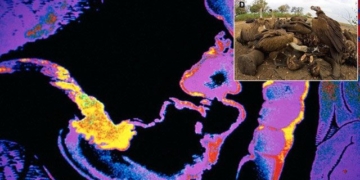For professional drinkers, “non-alcoholic beer” is truly a “blasphemy”, because “what’s the point of drinking beer if you don’t get drunk?” However, for many others, this is indeed a drink worth trying. So how is non-alcoholic beer produced? Why does it taste so bad? This article will provide you with the answers.
Things You Didn’t Know About Non-Alcoholic Beer
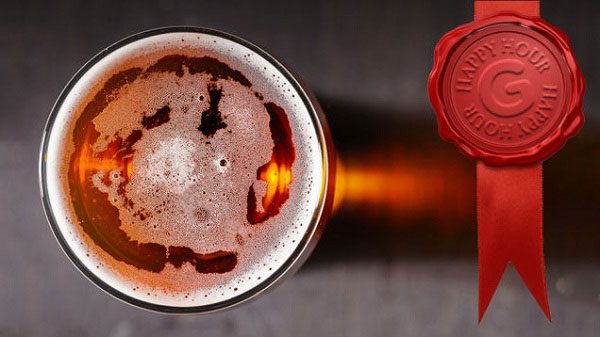
Non-alcoholic beer may not be the favorite drink of many Vietnamese, but there are still numerous reasons for this beverage to gain popularity in the market. If you are pregnant, a long-distance driver, or on antibiotics, what will you do when you crave a beer?
What is Non-Alcoholic Beer?
Non-alcoholic beer is considered a “beer-like beverage” but with an extremely low alcohol content (not exceeding 0.5%).
In terms of ingredients and the production process, non-alcoholic beer is similar to traditional beer. The difference is that while traditional beer is bottled immediately after the cooking and fermentation processes are completed, non-alcoholic beer must undergo an additional process to remove the alcohol before it becomes the final product.
The Origin of Non-Alcoholic Beer
The idea of non-alcoholic beer first emerged in the United States in 1919 during a time when the prohibition of alcohol was in effect nationwide. At that time, U.S. laws stipulated that beverages could contain a maximum alcohol content of 0.5%. This was indeed an absurd figure, as even today’s non-alcoholic beers use it as the upper limit for their alcohol content. Therefore, some breweries in the U.S. began producing “beer-like beverages”, which were pale-colored, nearly tasteless liquids with an alcohol content precisely at 0.5%.
Thirteen years later, the prohibition was lifted, but its influence continued. Many Americans became accustomed to these ultra-light beers, which were sweeter compared to the beers consumed during drinking sessions. For the breweries that had produced “beer-like beverages” during the prohibition, it was easy to resume normal production, simply adding a bit of alcohol to their products. This is part of the reason for the popularity of light beers in the U.S. today (Miller, Coors, Pabst, Bud, …).
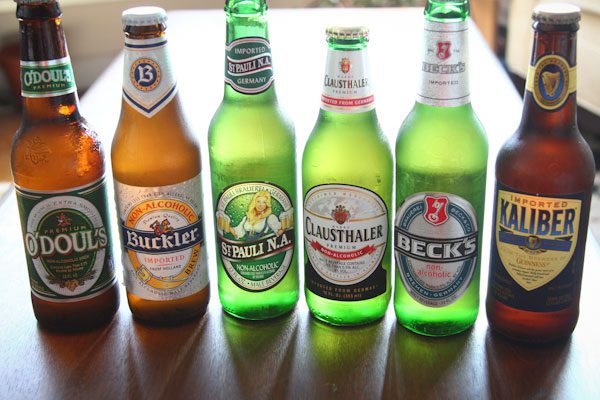
How is Non-Alcoholic Beer Produced?
The production process for non-alcoholic beer starts similarly to that of traditional beer. In fact, it involves repeating all the steps, from crushing the malt, brewing, adding hops, and even fermentation. However, while alcoholic beer is bottled immediately after these processes are completed, non-alcoholic beer must begin the process of removing alcohol.
The most common method for removing alcohol from beer is through heat. As we know, alcohol has a lower boiling point than water (approximately 80°C at sea level). The fermented beer is heated and maintained at that temperature until the solution contains only 0.5% alcohol. However, heating significantly alters the flavor of the beer since the ingredients are essentially cooked again. To mitigate this, some producers use a vacuum distillation method. By changing the air pressure, the boiling point of alcohol can be lowered to around 50°C, a temperature that does not significantly affect the beer’s flavor.
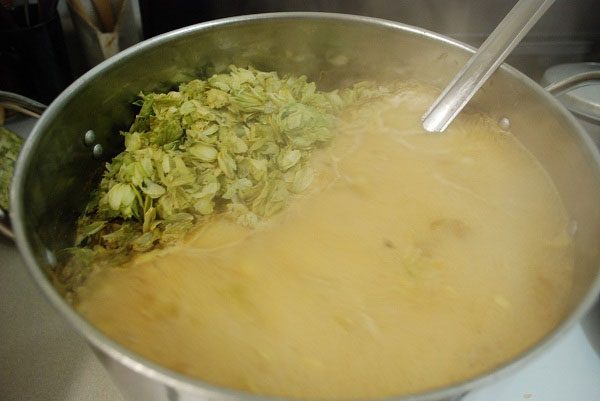
Another technology occasionally used is the reverse osmosis method. In this method, the beer passes through a filter with very small pores, allowing only alcohol and water (along with some volatile acids) to pass through. The alcohol is then separated from the alcohol-water mixture using conventional distillation. Finally, water and the acid mixture are combined with the remaining sugars and compounds on the other side of the filter, creating non-alcoholic beer. Because the main ingredients are not heated, this method has less impact on flavor, making the final product more appealing, although it requires skilled workers and more equipment.
Even after the alcohol has been removed, this is still not the final product. After this process, we obtain a liquid that tastes somewhat like beer but is quite… bland. Most traditional beers continue the fermentation process after being bottled. This process, which converts sugars into alcohol, produces a byproduct of CO2 – the gas that creates beer foam. However, this does not occur in non-alcoholic beer. To create beer foam, most producers simply inject CO2 during bottling. The result is a beer that tastes like soda! Some companies add a bit of sugar and allow it to ferment naturally in the bottle, but this increases the alcohol content in the beer.
Why Does Non-Alcoholic Beer Taste Strange?
Alcohol enthusiasts might straightforwardly tell you: “Because it has no alcohol!” They are not wrong, but in reality, alcohol merely enhances the characteristic flavors of beer. It causes a dry mouth sensation and highlights the sweetness of the malt, but alcohol itself has no flavor.
The main reason for the change in flavor here is the alcohol removal process, especially with the heat method. The aromas and flavors of hops and malt are very delicate and are almost impossible to preserve after the alcohol removal process using heat. The aroma of hops completely disappears within the first five minutes of the process, while its flavor will fade after fifteen minutes. This is why we cannot find a non-alcoholic beer that tastes like traditional beer.
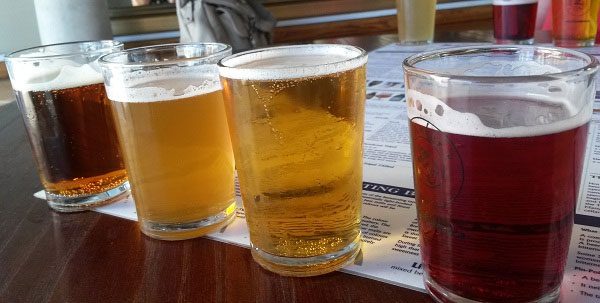
Another complaint you may often hear is that non-alcoholic beer has a slightly sour taste. This issue is not unique to non-alcoholic beer, but without the dominating flavor of hops, the sourness becomes more pronounced. As we know, adding CO2 to beer not only creates foam but also produces carbonic acid. The sour taste is characteristic of acids, and it becomes more apparent when CO2 is directly injected into the beer.
Nutritional Content of Non-Alcoholic Beer
Non-alcoholic beers and regular beers are similar in calorie, protein, and fat content but differ significantly in carbohydrate content and alcohol concentration.
The table below compares the nutritional components found in 12 ounces (350 ml) of regular beer and non-alcoholic beer.
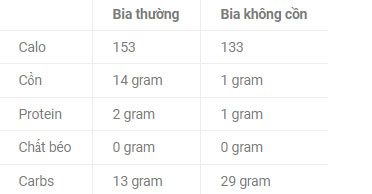
Although non-alcoholic beer contains a very small amount of alcohol compared to regular beer, it has double the carbohydrate content. Both types of beer provide a small amount of vitamins and minerals, including phosphorus, magnesium, and vitamin B.
Frequently Asked Questions About Non-Alcoholic Beer
Can You Drink Non-Alcoholic Beer Without Getting Drunk?
Non-alcoholic beer can be consumed without getting drunk, but not absolutely, as it still contains a certain amount of alcohol, albeit small. Some individuals with a sensitive constitution may experience “drunkenness” even with non-alcoholic beer.
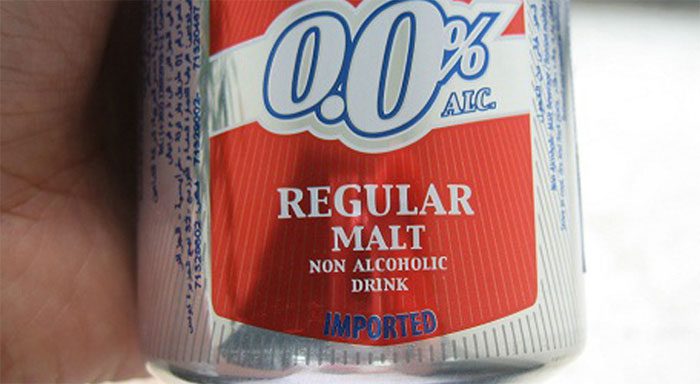
A small number of people still feel “drunk” even when drinking non-alcoholic beer.
A typical person should not consume more than 4 cans of beer with an alcohol content of around 3% to maintain alertness and limit the effects of beer and alcohol on the body. Thus, with non-alcoholic beer (0.5% alcohol), one could theoretically drink about 20 cans.
- From a scientific and nutritional perspective, non-alcoholic beer is safer and better for the health of consumers compared to traditional beer. However, excessive consumption can lead to indigestion and bloating.
- It can be said that non-alcoholic beer contains extremely low levels of alcohol, but it cannot be claimed that it has no impact on the functions of the liver, kidneys, and other functional parts of the drinker’s body.
- Moreover, it is not precisely determined whether non-alcoholic beer uses flavoring agents or other stimulants to create a euphoric feeling when consumed. Consumers should also question to ensure their personal health safety.
Does Drinking 0% Beer Register Alcohol in Breath Tests?
In most cases, drinking 0% beer, which is non-alcoholic, can still register a certain amount of alcohol in breath tests conducted by law enforcement. After consuming 0% beer, the alcohol content in the breath may not dissipate for 10-15 minutes.
Therefore, after drinking 0% beer that has been de-alcoholized, you should still rest to allow your liver to metabolize all the alcohol in your blood before driving.
Is Non-Alcoholic Beer Harmful to the Liver?
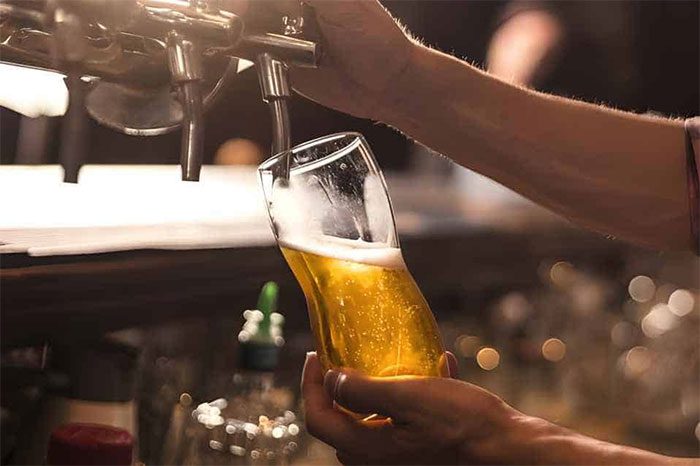
Non-alcoholic beer helps reduce alcohol absorption in the body. (Image: ST).
Non-alcoholic beer can harm the liver if consumed excessively or without control. Although it may cause less harm and impose a lighter burden on the liver than alcoholic beer, it still contains toxic substances for the liver, such as acetic acid, when consumed in large quantities and various additives.
Abusing non-alcoholic beer can lead to health issues, including liver damage. To protect the liver, the consumption of non-alcoholic beer should be controlled and limited, alongside maintaining a healthy and scientific lifestyle.
Overall, replacing traditional beer with non-alcoholic beer can bring health benefits if you are looking to limit your alcohol consumption. However, it’s important to remember that while these alternatives often have lower calorie counts, they still do not contain empty calories or non-nutritive carbs. When purchasing non-alcoholic beer, be sure to read the product labels carefully and avoid options with added sugars, as well as consuming them in moderation.
Conclusion
Even if it doesn’t taste as good as traditional beer (and it truly doesn’t), non-alcoholic beer is still a drink worth trying, and you won’t have to feel embarrassed when ordering it. As mentioned above, there are many reasons people choose to drink non-alcoholic beer. With the potential for a ban on the sale of alcohol after 10 PM in Vietnam, non-alcoholic beer may gradually become the number one choice for Vietnamese consumers.





















































